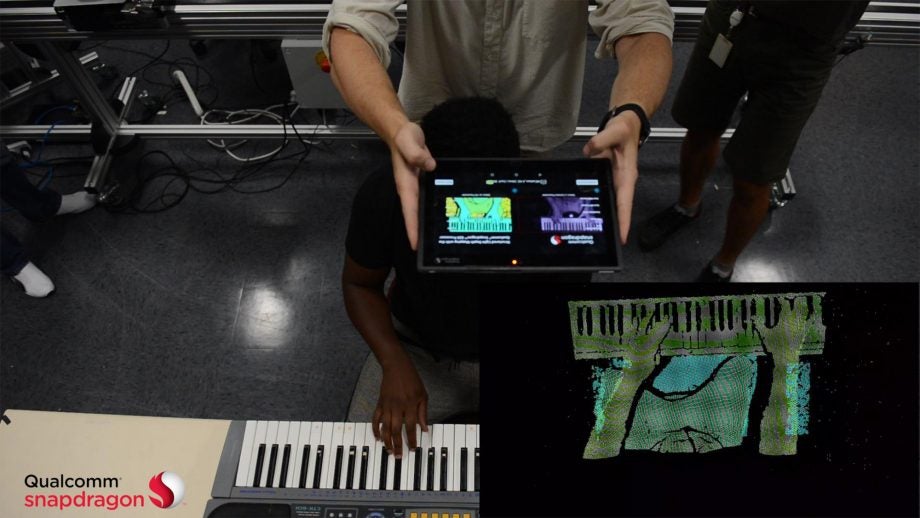Qualcomm’s depth-sensing tech could take AR on your phone to the next level

Qualcomm has just announced its new depth-sensing technology for use in smartphone cameras, which looks set to greatly improve augmented reality, as well as facial recognition.
Face scanning tech is expected to become a big feature in smartphones, with Apple rumoured to be heavily investing in it for the iPhone 8.
But Qualcomm has beaten the company to the punch, it seems, with its own version, which comes in the form of an update to its Spectra module programme.
Qualcomm’s Spectra camera module was designed to allow for the easy integration of dual-sensor cameras in smartphones, with the new version allowing for three sensors.
Related: Best smartphone
It’s this that means the new system can use the company’s active depth-sensing, which Qualcomm says will bring “improved biometric authentication” as well as benefits to AR and VR.
Google’s Tango phones have previously made use of depth sensing tech in order to provide an augmented reality experience.
But with Qualcomm jumping on-board, many more smartphones could see the arrival of AR in the coming months, as the company is a big supplier of smartphone components to numerous smartphone-makers.
The new Spectra tech is said to support deep learning techniques and “bokeh quality image experiences,” and with its depth-sensing capabilities could see users adjusting focus in their photos even after a shot has been taken.
To be more specific, Qualcomm’s depth-sensing tech reportedly allows for an impressive 10,000 points of depth.
That means the system is able to identify points just 0.1mm apart, making it what Qualcomm says is the most accurate depth-sensing technology available.
Tim Leland, vice president of product management, Qualcomm Technologies Inc., said: “Whether used for computational photography, video recording, or for computer vision applications that require accurate motion tracking, it’s clear that power efficient camera image signal processing has become more important for the next generation of mobile user experiences.
“Our breakthrough advancements in visual quality and computer vision, combined with our family of integrated Qualcomm Spectra ISPs for Snapdragon, are designed to support an ecosystem of cutting edge mobile applications for our customers.”
Qualcomm says it will make its next big processor, the Snapdragon 836, compatible with the technology, so while it remains unclear when the high-res depth sensing will arrive in a consumer device, it could be sooner that you might expect.
Google is expected to make use of the 836 in its upcoming Pixel 2 phone, though it seems unlikely that device will come with the necessary three camera sensors to use the depth-sensing tech.
Let us know what you think of the new technology on social media.

